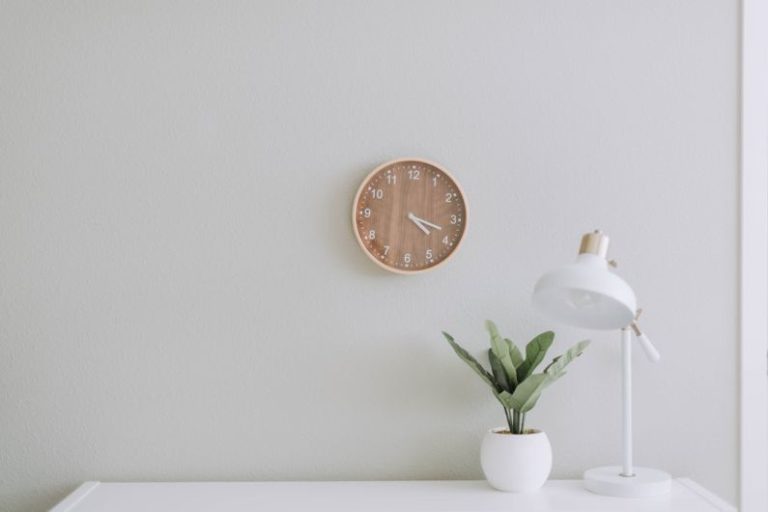What Are Some Diy Ways to Improve Home Insulation?
Creating a well-insulated home is not only beneficial for the environment but also for your wallet. Proper insulation helps maintain a comfortable temperature indoors, reduces energy bills, and minimizes the strain on heating and cooling systems. While professional insulation services can be costly, there are several do-it-yourself (DIY) methods you can implement to improve your home’s insulation. Here are some budget-friendly and effective DIY ways to enhance your home insulation:
Evaluate Existing Insulation:
Before diving into DIY insulation projects, it’s crucial to assess the current state of your home’s insulation. Check for drafts, cold spots, and areas where insulation may be lacking. Common areas for heat loss include windows, doors, attics, and basements. By identifying these problem areas, you can target your efforts more effectively and maximize the impact of your DIY insulation projects.
Seal Air Leaks:
Air leaks are a major culprit when it comes to heat loss in homes. Gaps around windows, doors, electrical outlets, and pipes can let cold air in and warm air out, leading to increased energy consumption. Sealing these air leaks is a simple and cost-effective way to improve your home’s insulation. Use weather-stripping, caulk, or expanding foam to seal gaps and cracks, preventing air leakage and enhancing thermal efficiency.
Install Door Sweeps:
Doors are another common source of heat loss in homes. Installing door sweeps at the bottom of exterior doors can help prevent drafts and maintain a consistent temperature indoors. Door sweeps are easy to install and act as a barrier against cold air infiltration, improving the overall insulation of your home. Choose a door sweep that fits snugly against the door and seals the gap between the door and the floor.
Add Insulation to Attic:
The attic is a key area where heat can escape from your home. Adding insulation to the attic can significantly reduce energy loss and improve the overall efficiency of your home’s heating and cooling systems. Depending on the type of insulation currently in place, you can add additional layers of insulation to achieve the desired level of thermal protection. Popular options for attic insulation include fiberglass batts, blown-in cellulose, and spray foam insulation.
Insulate Pipes:
Pipes that are not properly insulated can waste energy and lead to heat loss. Insulating hot water pipes can help retain heat and reduce energy consumption, especially in colder climates. Pipe insulation sleeves are readily available at hardware stores and are easy to install without professional assistance. By insulating your pipes, you can prevent heat loss, reduce the risk of freezing during winter months, and improve the overall energy efficiency of your home.
Upgrade Window Treatments:
Windows are notorious for letting heat escape and cold air infiltrate your home. Upgrading your window treatments can help improve insulation and enhance energy efficiency. Consider installing thermal curtains, cellular shades, or window films to reduce heat loss through windows. These window treatments act as additional barriers against drafts and thermal transfer, keeping your home warmer in the winter and cooler in the summer.
Add Area Rugs:
Hard flooring surfaces like tile or hardwood can contribute to heat loss and make rooms feel colder. Adding area rugs to these spaces can help insulate the floors, retain heat, and create a cozier atmosphere. Area rugs act as insulating layers that trap heat and prevent it from escaping through the floor. Additionally, rugs can add a decorative touch to your home while providing practical insulation benefits.
Conclusion:
Improving your home’s insulation doesn’t have to break the bank. By implementing these simple and cost-effective DIY methods, you can enhance the thermal efficiency of your home, reduce energy consumption, and create a more comfortable living environment. From sealing air leaks to adding attic insulation, these DIY projects can make a significant impact on your home’s overall insulation performance. Take the first step towards a more energy-efficient home today by exploring these DIY ways to improve home insulation.





